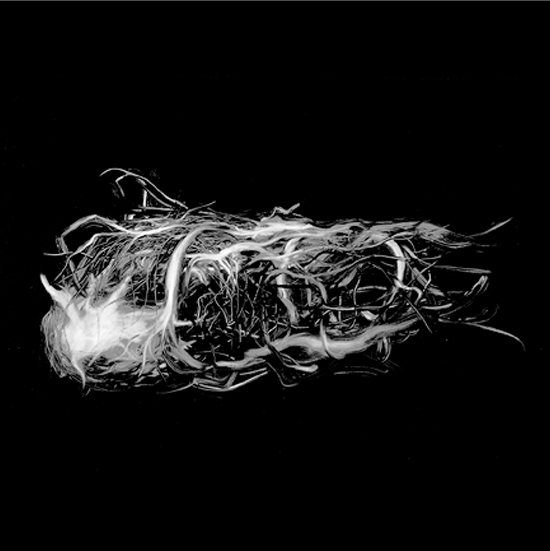Leading with Self-Organization: Social Movements and Terrorism
These are indeed strange bedfellows; I hesitated to put them in the same title. But each of them compels our attention as significant players at this time in our history. In the pattern of collapse, the civilization is invaded by those set to destroy it and they eventually succeed; then they are the next ones to rise and collapse. This is the unalterable cycle that we humans create for ourselves.
Within the cycle of moral decay, there are always those few in number who choose to notice the loss and degradation. They stand up to preserve the values and behaviors from an earlier era, before decadence took hold.
They seek to preserve and illuminate these values, knowing they cannot prevent the devastation and unraveling. They give themselves wholeheartedly to prove that, in any circumstance, we humans can be generous, creative, and kind. I am calling their efforts islands of sanity.
This term island may be too physical a way to describe these (but I’m fond of it). Sometimes it is an identifiable space such as a geographic community, a small organization, or a department within a large organization. It’s wonderful when the boundaries are so clear. Yet for many, it’s an interior space bounded by our values, commitment, and faith. This boundary is only visible in our actions; no matter where we are, we stand out as different, leading against the norm. We aren’t intent on changing the world; we simply try to work in ways that honor people and evoke our best human qualities.
All self-organized efforts, no matter their purpose, require leadership. Yet calling for formal leadership in self-organized networks is near to heresy.15
Self-organization creates networks, and networks have no hierarchy, just nodes or hubs. Therefore, hierarchy plays no role or, worse yet, is dangerous to the network’s effectiveness. Leaders come from within the network—leadership emerges from the initiative of individuals and groups.
All of this is true, except for the fact that we humans interfere. The identity doesn’t stay open, supporting people to be creative and contribute. It closes in, driven by other human needs for power, control, and attention. This is easily seen in any values-based organization such as nonprofits, religious organizations, spiritual communities. Greater orthodoxy increases over time: there’s only one right way to do something, only one way to think. The system closes down as people’s intense desire to serve their cause mixes with ego and fatigue. Tired people take the path of least resistance and just do what they’ve always done.
You may have experienced this sad trajectory many times, but you may not have experienced the type of leadership that can skillfully reverse the shutdown and open the system to new possibilities and ways of acting.
In a living system, continual interactions with the outside prevent the system from rigidifying. Yet the boundary of identity creates a basin of attraction so nothing wanders off too far as the system continues to adapt and survive.
But with humans, identity alone can’t play this role; we have too many other needs and emotions. It takes a good leader to notice what’s happening and work actively to avoid further solidification. Please don’t read this as a prescription for command and control, although you’ve probably seen this happen: the organization is in high conflict with itself, and a well-meaning former corporate executive steps in to exert control and restore order. But this never works for long. The organization doesn’t need more rigid controls—it needs a more focused identity that opens to new people and new ways of thinking.
It’s troubling to say this, but the formal leaders of terrorist organizations know how to work with the process of self-organizing better than we do. They know how to generate fanatical commitment to a cause.
They provide online training materials that give individuals and groups the skills they need anywhere in the world. They kindle a great fire of hatred and then release people, placing no boundaries on individual acts of terror. Pursue anything and everything that kills “the Crusaders”—a stone, a knife, a gun, a truck to mow down more than one hundred people celebrating their freedom. Hatred is the orthodox identity, and the methods of destruction are the arena for individual creativity.
Beyond recoiling in horror from this perverse example, it would be good to understand how self-organized networks succeed with the right kind of leadership. Such leaders skillfully take advantage of self-organization by arousing individual creative acts that further the cause.
How leaders define success—for preservation or destruction, for peace or violence—depends on where they locate themselves in the pattern of history.

